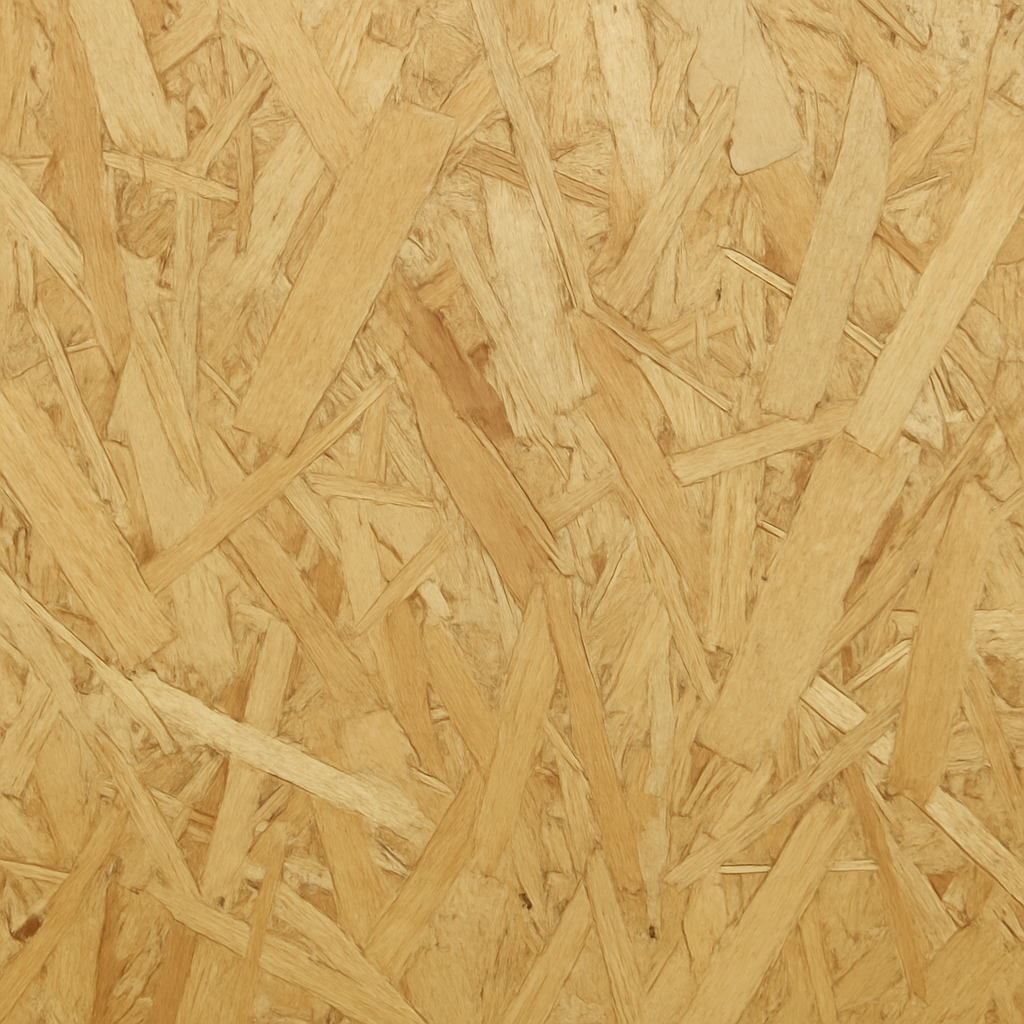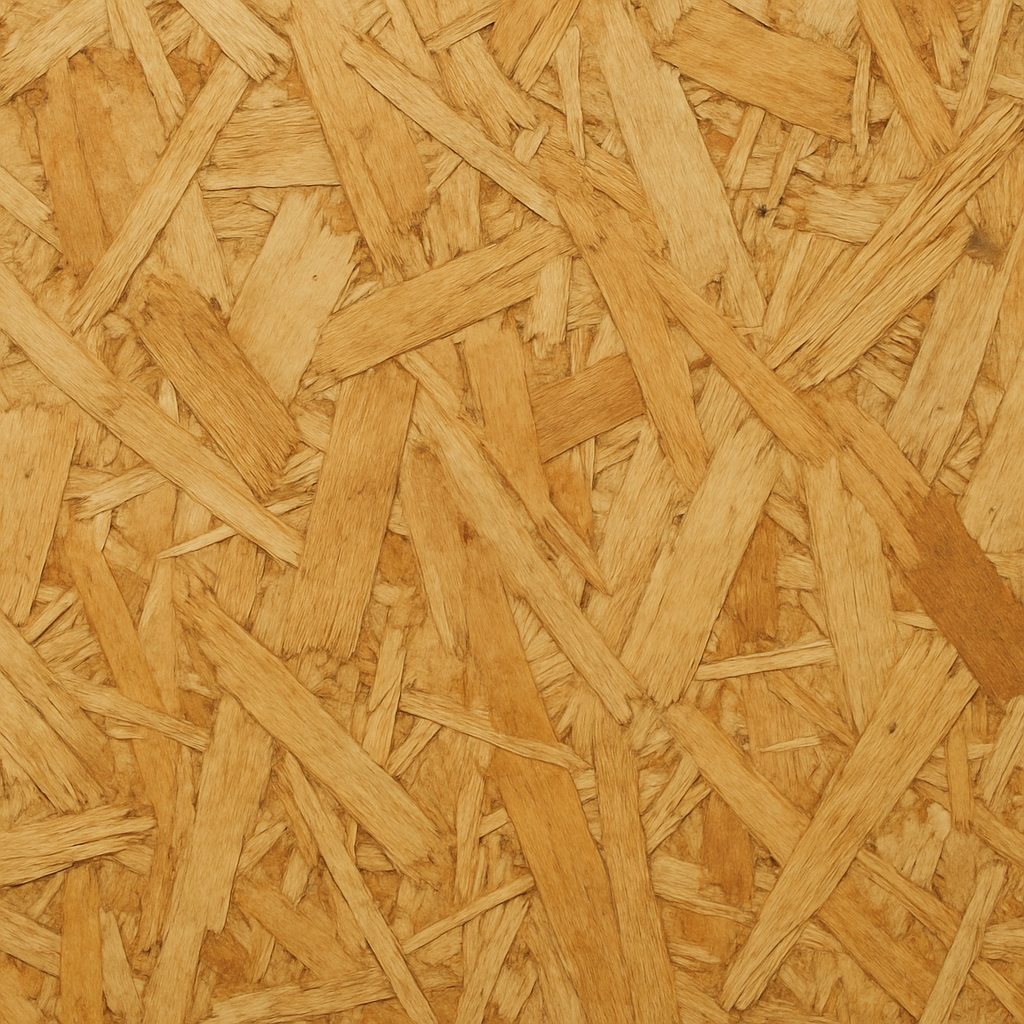When embarking on a construction project, choosing the right materials is crucial. One such material that has gained popularity over the years is OSB board. But what exactly is OSB, and why is it so widely used?
What Does OSB Stand For?
OSB stands for Oriented Strand Board. It’s a type of engineered wood made from wood strands that are oriented in specific directions and bonded together with adhesives. This process creates a strong, durable panel that’s used in a variety of construction applications.
What is OSB Board?
OSB board is an alternative to plywood and is often used for sheathing in walls, floors, and roofs. It consists of layers of wood strands compressed and bonded with resin. These layers are oriented at right angles to each other, giving OSB its distinctive strength and stiffness.
Uses of OSB Board
OSB board is versatile and can be used in several construction scenarios. Here are some of the most common applications:
OSB Board Sheathing
OSB is widely used for wall and roof sheathing. It provides structural integrity and a solid base for attaching other materials. OSB sheathing is known for its strength and stability, making it a preferred choice for builders.
OSB for Roofing
When it comes to roofing, OSB board is a popular choice due to its durability and cost-effectiveness. It provides a sturdy base for roofing materials and helps distribute weight evenly across the roof structure.
OSB Decking
For floors, OSB decking offers a reliable and strong base. It’s often used in subflooring applications, providing a smooth and level surface for installing finished flooring materials.
Benefits of OSB Board
Now that we’ve covered the uses of OSB board, let’s delve into the benefits that make it a popular choice in construction.
Cost-Effectiveness
One of the most significant advantages of OSB board is its affordability. Compared to other materials like plywood, OSB is often less expensive, making it an attractive option for budget-conscious builders.
Strength and Durability
OSB board is engineered for strength. Its cross-oriented layers give it excellent resistance to bending and warping, making it suitable for structural applications. It’s also less prone to delamination compared to plywood.
Uniformity and Consistency
OSB offers uniform thickness and density, which translates to consistent performance across all panels. This uniformity ensures that each sheet of OSB performs the same way, providing reliability in construction projects.
Environmental Impact
OSB is considered more environmentally friendly than some other materials because it utilizes fast-growing tree species and less wood waste. The manufacturing process is efficient, minimizing impact on forests.
OSB Board Specifications
When selecting OSB board for a project, it’s essential to understand its specifications. Here are some key factors to consider:
OSB Board Thickness
OSB boards come in various thicknesses, depending on the intended use. Common thicknesses include 7/16 inch for wall and roof sheathing, and thicker options for flooring and decking. The choice of thickness will depend on the structural requirements of your project.
OSB Board Dimensions
Standard OSB board dimensions are 4×8 feet, but there are other sizes available to suit different construction needs. It’s important to select the right size for your specific project to minimize waste and ensure proper installation.
by Martin Woortman (https://unsplash.com/@martfoto1)
Buying OSB Board
Where to Buy OSB Board
OSB board is widely available at building supply stores and lumber yards. Many retailers offer OSB for sale in different sizes and thicknesses, allowing you to choose the best option for your project.
Factors Affecting 7/16 OSB Board Price
The price of OSB board can vary based on several factors, including location, demand, and market conditions. It’s always a good idea to check with multiple suppliers to compare prices and find the best deal.
Green OSB
Some manufacturers produce green OSB, which is designed to be more environmentally friendly. This type of OSB may have lower formaldehyde emissions and be made from sustainable sources. If environmental impact is a concern, consider looking for green OSB options.
Conclusion
Oriented Strand Board (OSB) is a versatile and cost-effective material widely used in construction. Its strength, durability, and uniformity make it a preferred choice for sheathing, roofing, and decking applications. By understanding the uses and benefits of OSB board, you can make informed decisions for your construction projects. Whether you’re building a home or tackling a renovation, OSB offers a reliable solution that meets a variety of needs.
Remember, when selecting OSB board, consider factors like thickness, dimensions, and price to ensure you choose the right product for your project. With the right OSB board, you’ll have a sturdy, dependable foundation for your construction endeavors.



